User Provisioning and De-Provisioning in Identity Access and Management
February 15, 2024
|
Duration:
5
min READ

User provisioning and de-provisioning are critical components of Identity and Access Management (IAM) systems, ensuring secure and efficient management of user identities and access rights within an organization.
This article details the concepts of user provisioning and de-provisioning, the role modern IAM systems play, and several benefits to IAM in the context of provisioning.
What is user provisioning and de-provisioning?
User provisioning and de-provisioning refers to the processes of creating, shifting, or removing user access to IT sources within an organization.
The importance of user provisioning and de-provisioning for lifecycle management
User provisioning and de-provisioning play crucial roles in lifecycle management within an organization's Identity and Access Management (IAM) framework. Here’s a summary of their roles:
- Joiners: When new employees join, user provisioning ensures they receive timely access to necessary systems and data to perform their jobs effectively.
- Movers: As employees move within the organization, change roles, or get promotions, provisioning adapts their access rights to match their new responsibilities.
- Leavers: When employees leave the company, de-provisioning ensures their access to corporate resources is promptly and securely revoked to prevent unauthorized access and protect sensitive data.
Overall, in lifecycle management, provisioning and de-provisioning ensure that the right individuals have the appropriate level of access at every stage of their employment lifecycle.
The role of modern IAM systems with user provisioning and de-provisioning
Historically, user provisioning and de-provisioning were highly manual processes. IT administrators would manually create, update, or delete user accounts and access rights in various systems, often based on requests via email or paper forms. This approach was time-consuming, highly prone to errors, and lacked consistency, leading to security vulnerabilities and operational inefficiencies.
With the advent of IAM systems, these processes have become more automated and centralized. IAM solutions enable automated provisioning based on predefined policies and workflows, integrating with HR systems and other IT infrastructure.
This automation ensures faster, more accurate, account creation and management, which reduces administrative burden and bolsters security. De-provisioning through IAM is also more efficient and secure, as it can instantly revoke access for users who no longer require it. These are based on events like employment termination or role change or minimizing the risk of unauthorized access.
Example of automated user provisioning
In a tech company, when a new developer is hired, their details are entered into an HR platform like Workday. This action automatically triggers the company's IAM system, such as Microsoft Azure AD.
Based on the role and department, the IAM system automatically creates a network account, sets up an email, and grants access to essential tools like the development environment, project management software, and internal communication channels. This seamless integration ensures that the new developer has immediate and appropriate access to all necessary resources from day one.
Example of automated user de-provisioning
In a financial firm, when an employee resigns, their departure date is recorded in the HR system, like Oracle HCM Cloud. This update triggers an alert in the firm's IAM system, such as Okta. The IAM system then automatically initiates the de-provisioning process, revoking the employee's access to all company resources, including their email account, financial databases, and internal networks.
This swift action ensures that the departing employee no longer has access to sensitive financial data, maintaining security and compliance while reducing the manual workload for the IT department.
The benefits of user provisioning and de-provisioning within IAM
Using IAM for user provisioning and de-provisioning offers several benefits:
- Enhanced Security: IAM systems ensure that only authorized users have access to critical systems and data, reducing the risk of data breaches and unauthorized access.
- Improved Efficiency: Automating the provisioning and de-provisioning processes reduces the manual workload on IT staff, speeding up the onboarding and offboarding of employees and minimizing human error. Find out how we reduced 2,600 provisioning hours annually for a hospital system.
- Compliance and Audit-Readiness: IAM helps organizations comply with various regulatory requirements by maintaining accurate records of access rights and user activities, aiding in audit trails.
- Scalability: IAM systems can easily handle changes in user volume, making it easier to scale up or down as organizational needs change.
- Reduced IT Costs: By automating routine tasks and efficiently managing user access, IAM can lead to cost savings in IT operations.
- Consistent Access Control: IAM provides a centralized framework for access management, ensuring consistency across various systems and applications.
Final Thoughts
Overall, IAM systems play a crucial role in streamlining and standardizing user provisioning and de-provisioning. By automating and centralizing access control, these tools not only safeguard sensitive data but also streamline IT processes, adapting swiftly to organizational changes and evolving business needs, making them an indispensable asset in the landscape of digital security and identity management.
Authors
No items found.
Workforce Identity
Advisory
No items found.
.svg)





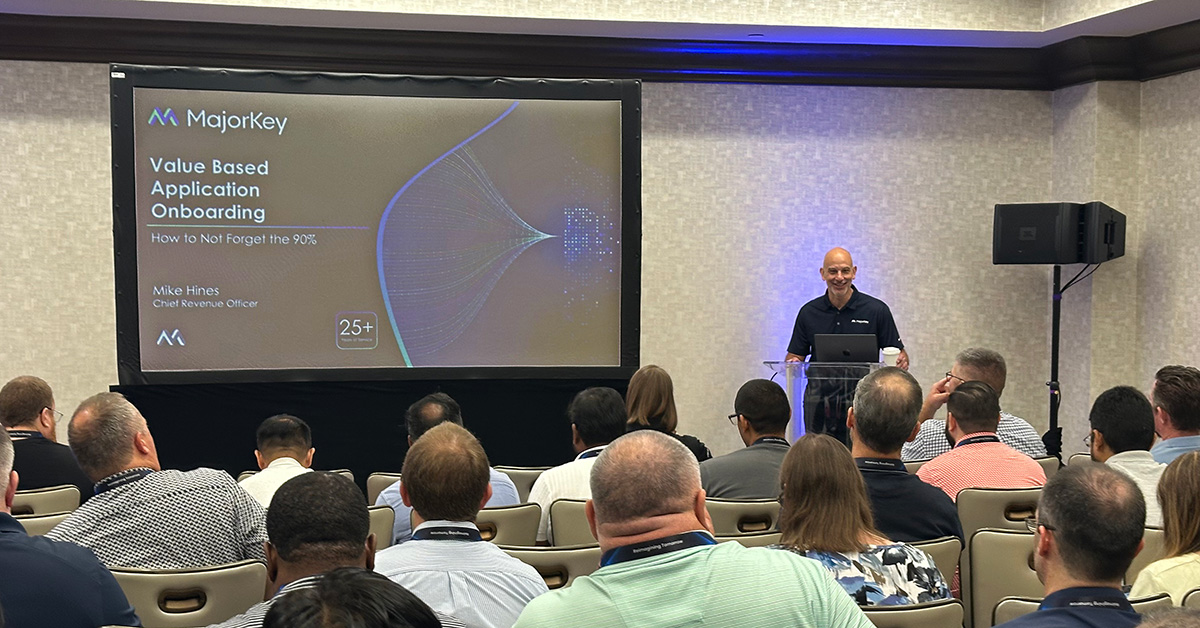



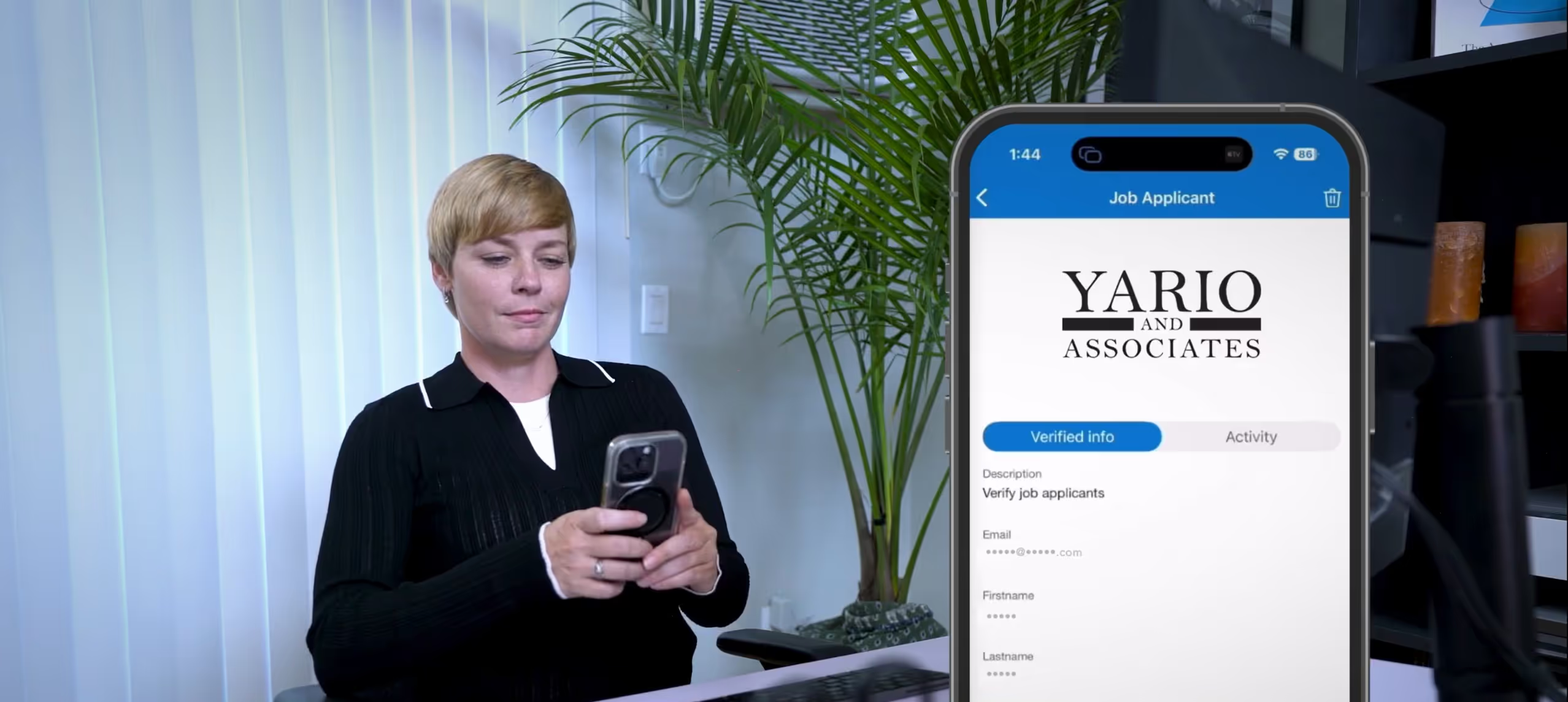



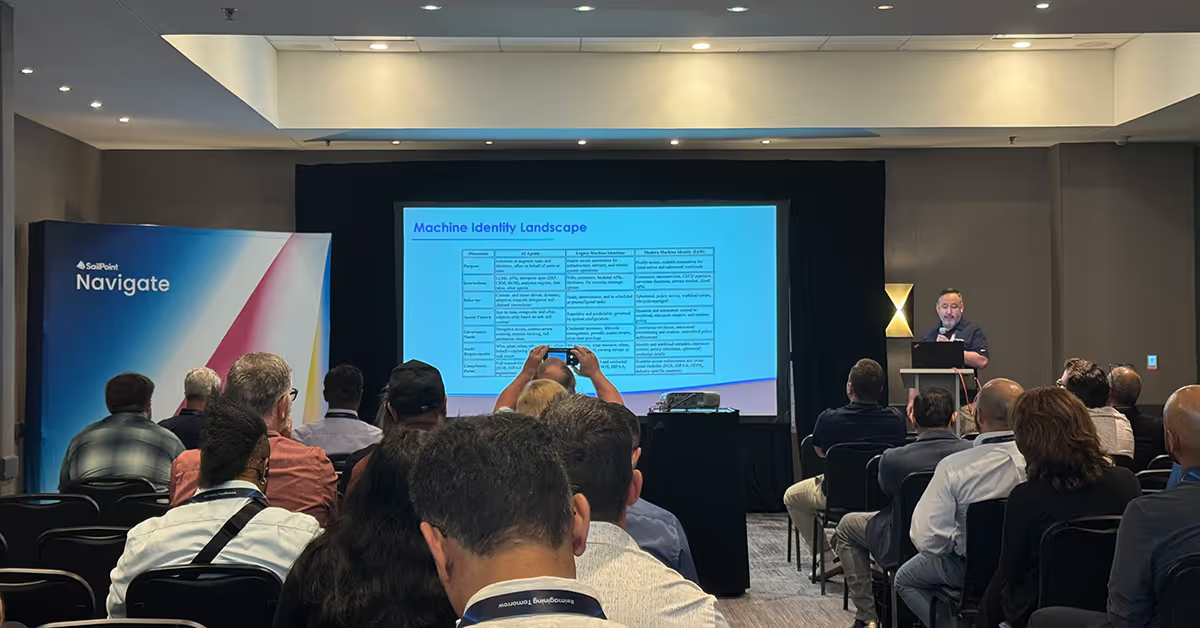
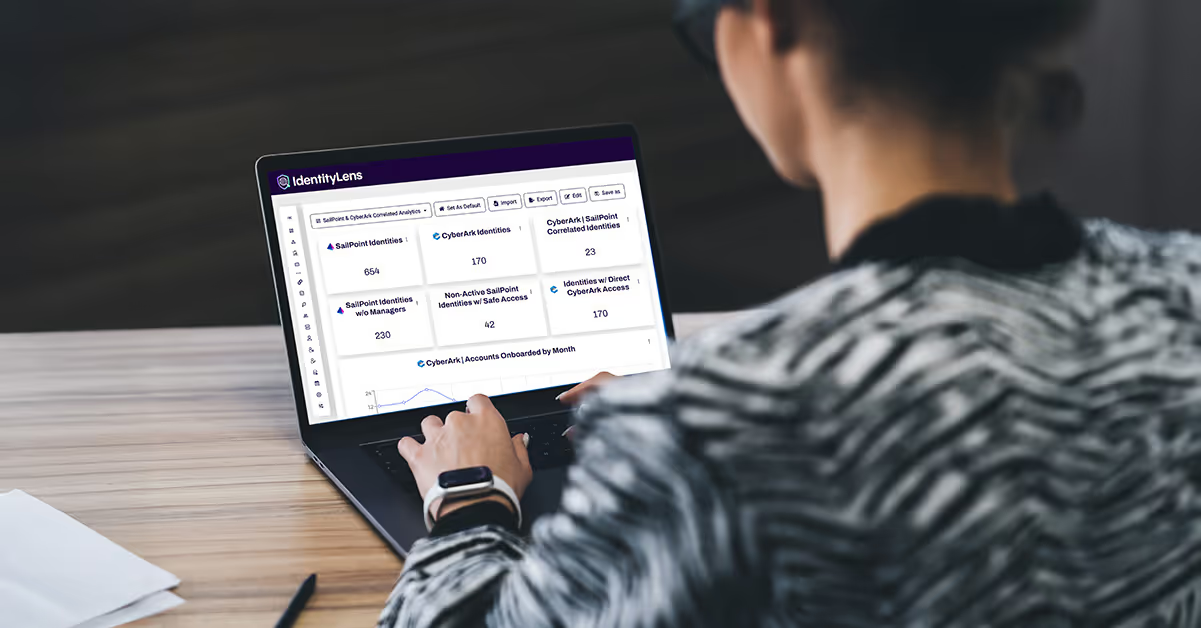
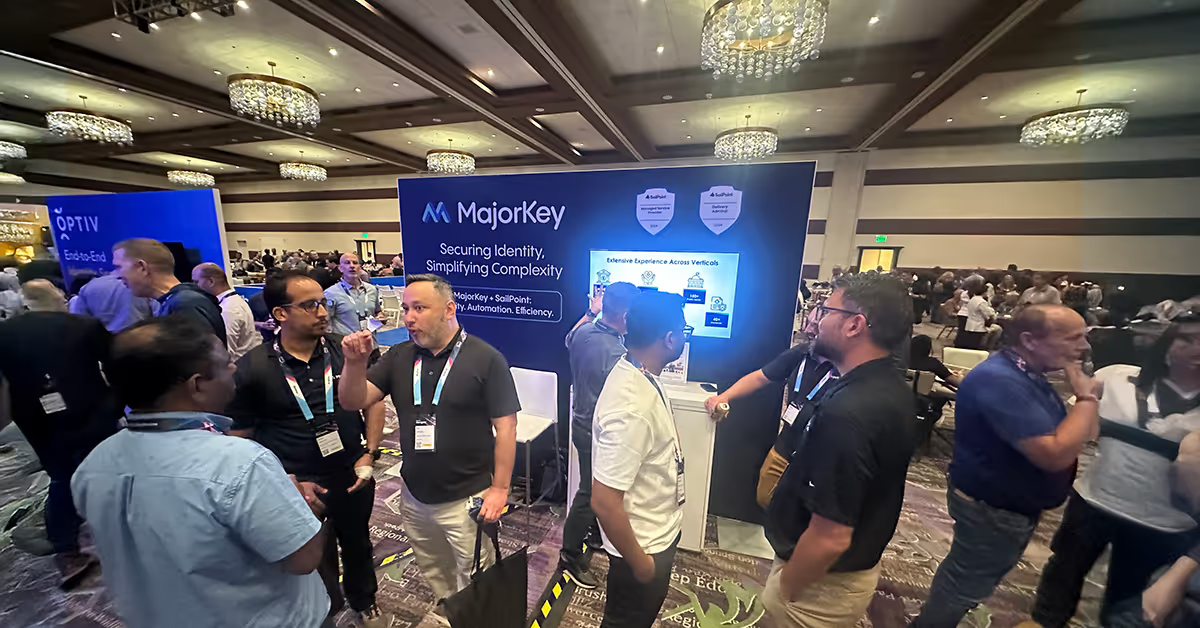



.svg)
